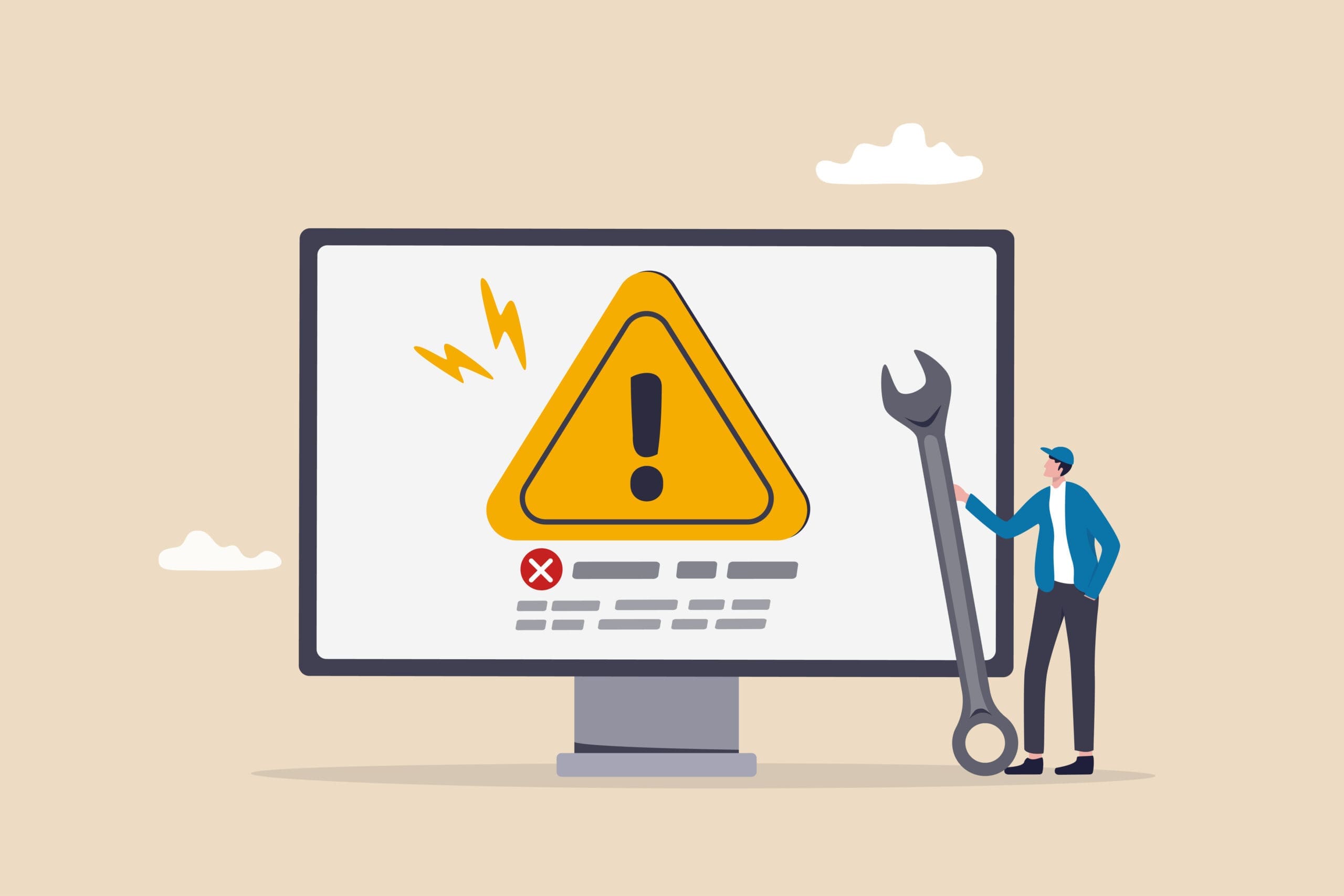An Expert Guide to Resolving the WordPress White Screen of Death
An Expert Guide to Resolving the WordPress White Screen of Death

The WordPress White Screen of Death (WSOD) is a prevalent and often exasperating WordPress error. It typically manifests as a blank white screen, locking you out of your WordPress site without any error message. The WSOD can affect specific parts of your website, such as the admin area or a particular post, while the rest of the site operates normally. This guide will provide a comprehensive, step-by-step approach to diagnosing and resolving the WSOD.
Understanding the WordPress White Screen of Death
The WSOD usually arises when a script on your website exhausts the memory limit. The unresponsive script is either terminated by your WordPress hosting server or times out, resulting in a plain white screen or a critical error message. The WSOD can also occur due to a poorly coded theme, plugin, or issues with your web hosting server.
FTP and Its Role in Troubleshooting
FTP, or File Transfer Protocol, is a standard way of transferring files from your computer to your website hosting account. It’s essentially a file management tool for the internet. You use an FTP client software package to connect to your website’s FTP server. Once the connection has been made, you can access the files on your website and upload files from your computer.
FTP is particularly useful when there is a problem with your WordPress site. For example, you can manually use FTP to upload a plugin or theme file when troubleshooting WordPress problems.
Choosing an FTP Client
There are many FTP clients to choose from. Some popular free programs are WinSCP for Windows, Cyberduck for Mac, and cross-platform FileZilla. We’ll use FileZilla in this tutorial, but the basic concepts are the same regardless of the software you choose.
Connecting to Your WordPress Site Using FTP
To connect to your site using FTP, you’ll need your FTP login credentials, which were sent to you via email when you signed up for your WordPress hosting account. You can also find your FTP account information in your hosting account’s cPanel dashboard. If you can’t find your login credentials, then you can contact your hosting provider to get the information.
Once you have the login information, open FileZilla and select File » Site Manager ” from the menu. This will open a popup window where you can add your website information. You should click on the ‘New Site’ button and provide a title for your website. Now it’s time to enter the login details you found earlier. In the protocol section, you should select SFTP if your hosting provider supports it; otherwise, leave it as FTP.
Troubleshooting the WordPress White Screen of Death
Before you begin troubleshooting, ensure you have a WordPress site backup. If you can’t access the admin area, refer to guides on how to manually create a WordPress database backup.
Step 1: Check Other Sites on the Same Hosting Account
If you have other WordPress sites installed on the same hosting account, check if the problem is also occurring on those sites. If it is, it’s likely an issue with your WordPress hosting service, and you should reach out to their support for help.
Step 2: Utilize WordPress Recovery Mode
If the WSOD is caused by a WordPress plugin or theme, WordPress may catch it. You will see a message that the site is experiencing technical difficulties, and you’ll receive an email with a special link. This link allows you to log in to the WordPress recovery mode and deactivate the faulty plugin.
Step 3: Increase the Memory Limit
If a script exhausts the memory and quits, you can resolve this by increasing the PHP memory available to WordPress. This allows the script to use more memory to complete its job.
Step 4: Disable All Plugins
If increasing the memory limit doesn’t help, or if you have a high memory limit, you should disable all plugins. If this resolves the issue, enable one plugin at a time to identify the problematic plugin.
Step 5: Replace the Theme with a Default Theme
If disabling plugins doesn’t resolve the issue, try replacing your current theme with a default theme. If this fixes the issue, check your theme’s functions.php file for extra spaces at the bottom and remove them.
Step 6: Enable Debug Mode
If the above steps don’t help, enable debugging in WordPress. This allows you to see the errors being outputted. Add the following code to your wp-config.php file:
Step 7: Clear WordPress Cache
If you can access the backend, but the site’s front end has the WSOD, it could be due to a caching plugin. Clear your cache to resolve this.
Step 8: Fixing Longer Articles
If the WSOD only appears on a very long post or page, increase PHP’s text processing capability by increasing the recursion and backtrack limit. Add the following code to your wp-config.php file:
This comprehensive guide is designed to equip you with the knowledge to tackle the WordPress White Screen of Death. However, if you find the process overwhelming or the issue persists, don’t hesitate to engage our professional services. Our team of WordPress experts is always ready to step in and resolve the problem for you, ensuring your site is back up and running smoothly in no time.
